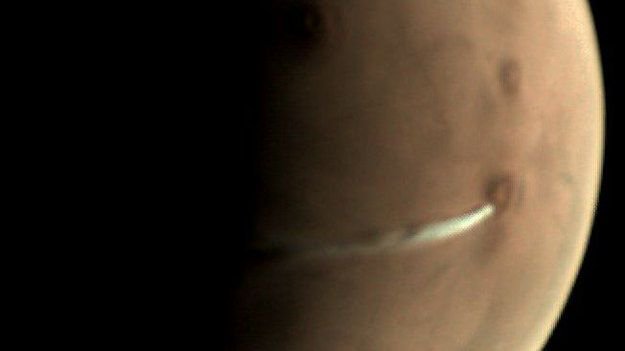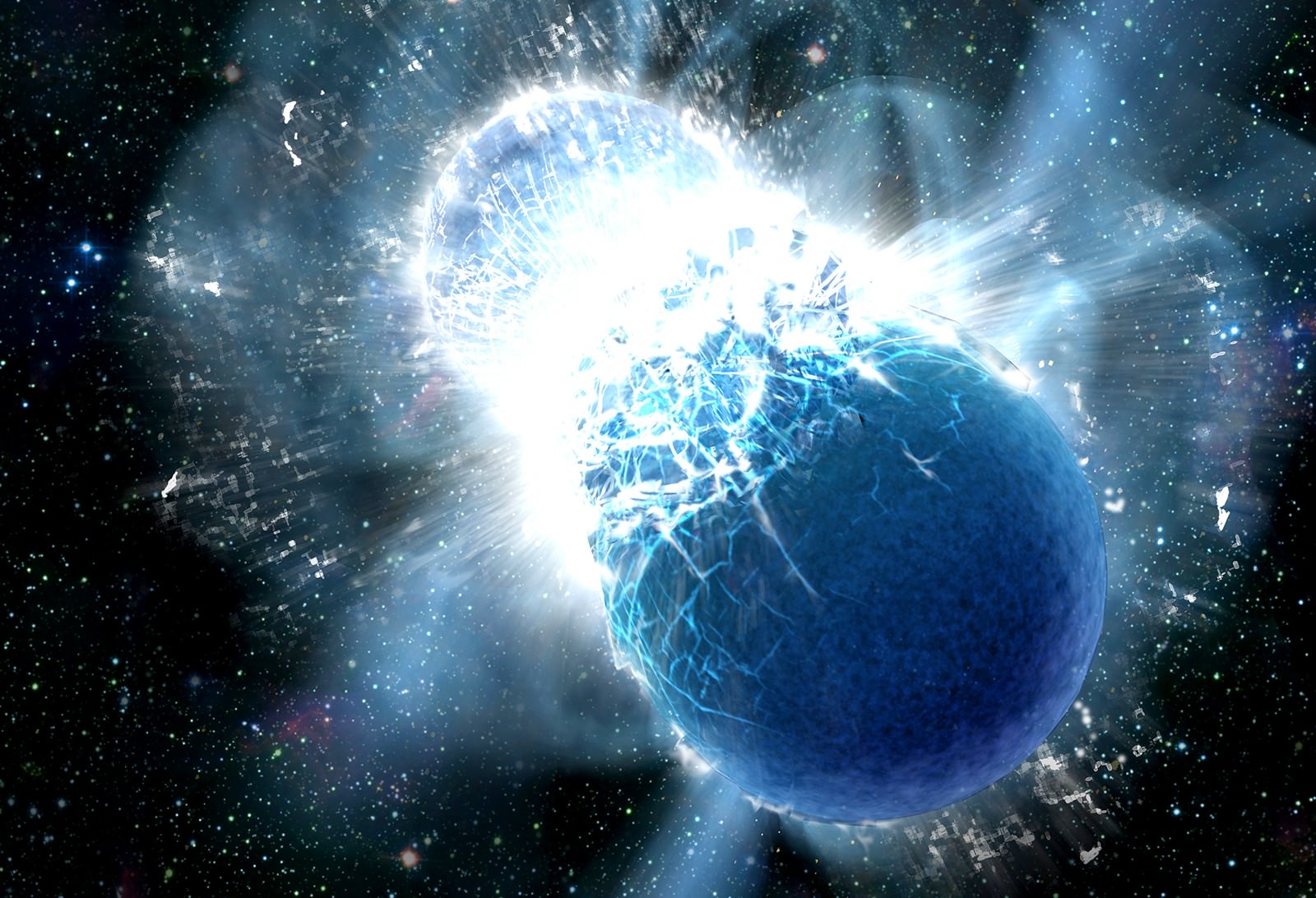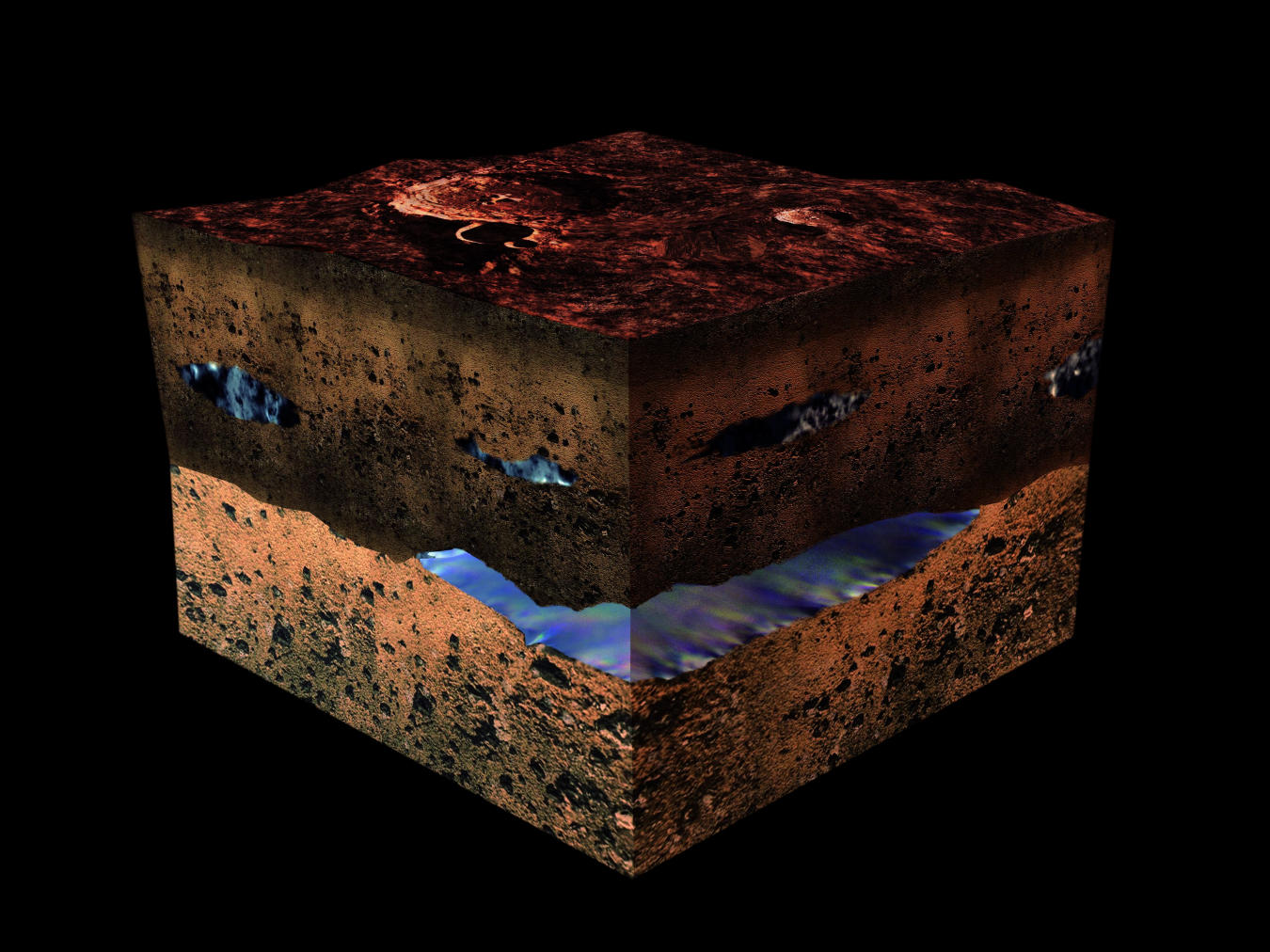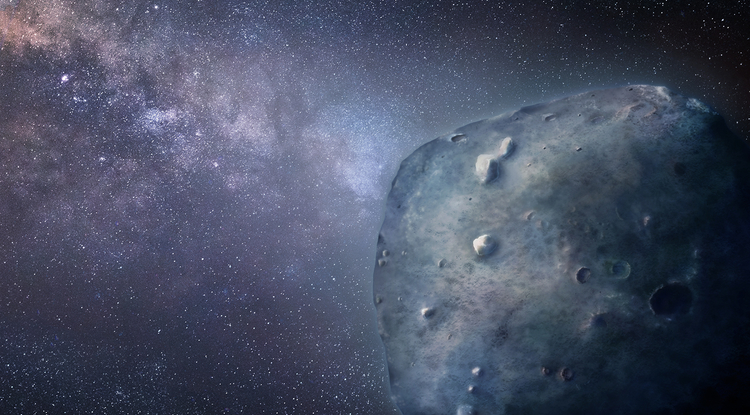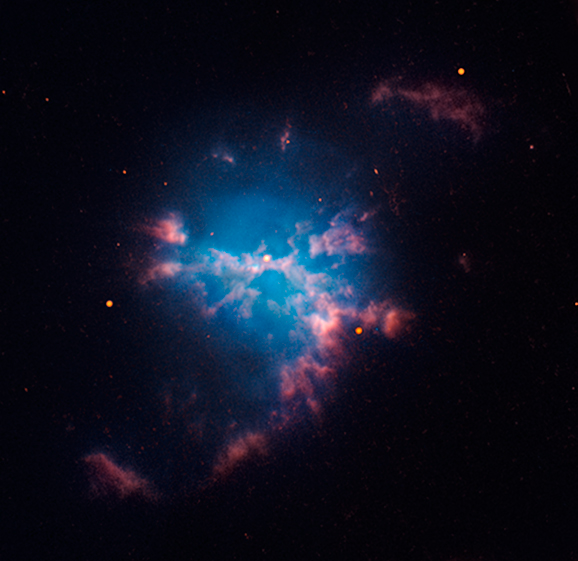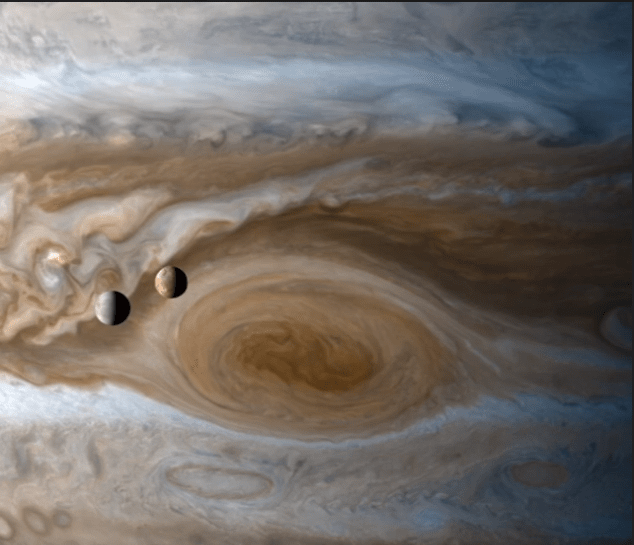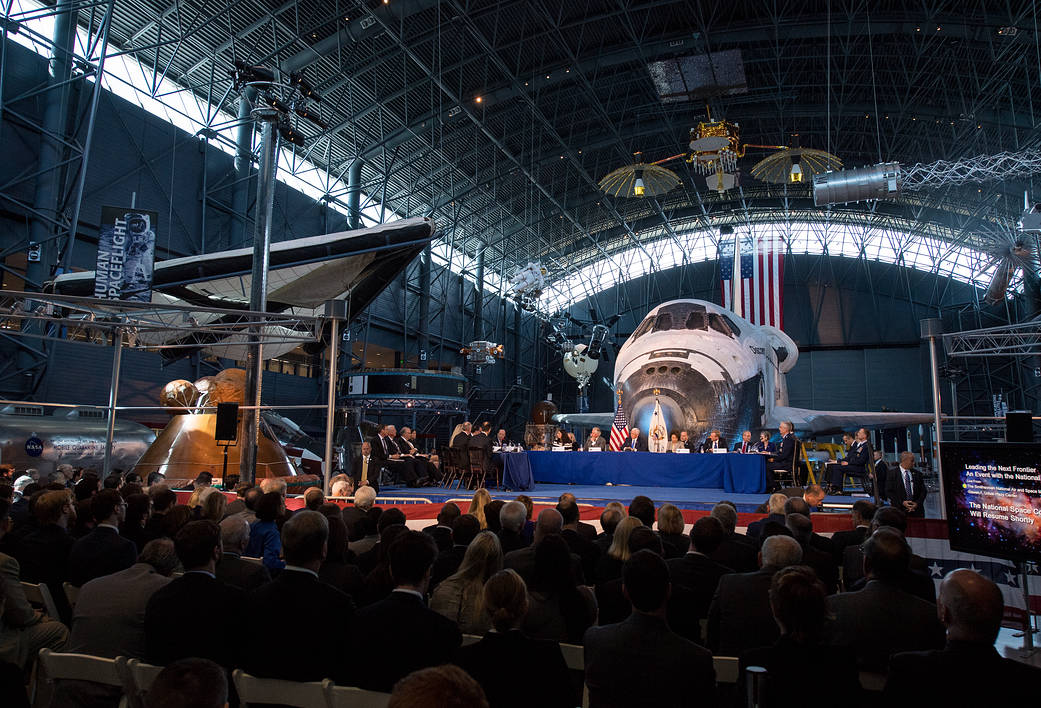One of the defining characteristics of the modern space age is the way private aerospace companies (aka. NewSpace) is playing a role like never before. With every passing year, more and more small launch providers are being founded. And between the largest companies – SpaceX and Blue Origin – competition is heating up to see who will secure the most lucrative contracts and make it to Mars first!
In order to ensure they remain competitive, Blue Origin indicated that it would be following SpaceX’s lead by recovering its first-stage rocket boosters at sea. To this end, the company has acquired a used Danish vessel known as Stena Freighter, which recently arrived in Florida. Much like SpaceX’s Autonomous Spaceport Drone Ships (ASDS), this vessel will be used to retrieve spent rockets after they deliver their cargo to space.


